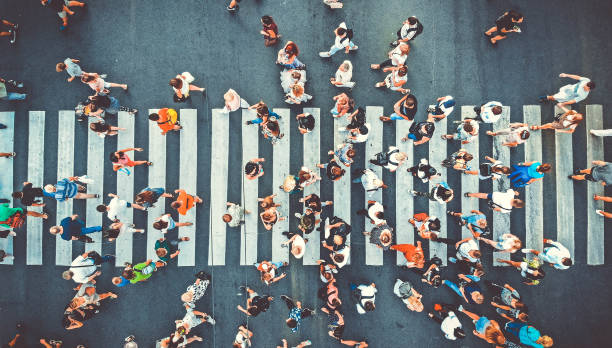The Silent Language of Emojis: Unraveling Their Sociocultural Impact
Peppered throughout our digital conversations, emojis have evolved from mere communicative tools to a significant social phenomenon. What began as a simple smiley face has now become a global language that transcends linguistic barriers. Read below as we explore how these colorful symbols are reshaping human interaction and cultural expression.

The Emergence of Emojis
In the late 90s, a Japanese artist named Shigetaka Kurita introduced the first set of emojis to enhance mobile communication. Featuring a series of pictographs, ranging from faces to symbols, these emojis added an emotional layer to the otherwise text-heavy mobile conversations. The advent of smartphones and the incorporation of emojis in Unicode standard in 2010 catapulted their global usage, transforming them into a universal digital language.
Emojis as a Cultural Phenomenon
Emojis have become so ubiquitous that they are now an integral part of our digital lexicon. They are not just icons but a form of visual shorthand that conveys emotion, context, and culture. Whether it’s the red heart emoji expressing love or the crying face denoting sadness, emojis help us express ourselves in ways that words sometimes cannot. They have even permeated popular culture, featuring in movies and merchandise, further signifying their cultural significance.
The Societal Implications of Emojis
Beyond cultural expression, emojis carry profound societal implications. Research suggests that emojis can foster empathy and strengthen social connections by making digital communication more human. They provide cues about mood and tone, reducing miscommunication in the absence of physical cues. However, they also present challenges, such as potential ambiguity and misinterpretation, particularly across different cultures, reflecting the complexities of our digital society.
Emojis and Identity Formation
Emojis serve as an extension of our digital selves. They allow users to express their identity, whether it’s through gender-neutral emojis or those representing various professions and cultures. As such, they contribute to the ongoing conversations about representation and inclusivity in the digital space. Nevertheless, concerns persist about the underrepresentation of certain groups, mirroring broader societal struggles for equality and recognition.
The Future of Emojis
As emojis continue to evolve, so will their impact on society. They are likely to become more diverse and representative, reflecting the changing societal norms and values. Moreover, as technology advances, we might see more personalized and dynamic emojis, further blurring the lines between our physical and digital selves.
In conclusion, emojis, in their silent yet expressive manner, are reshaping the way we communicate, express, and identify ourselves. They offer a unique lens through which we can understand the complexities of our modern, digital society.




